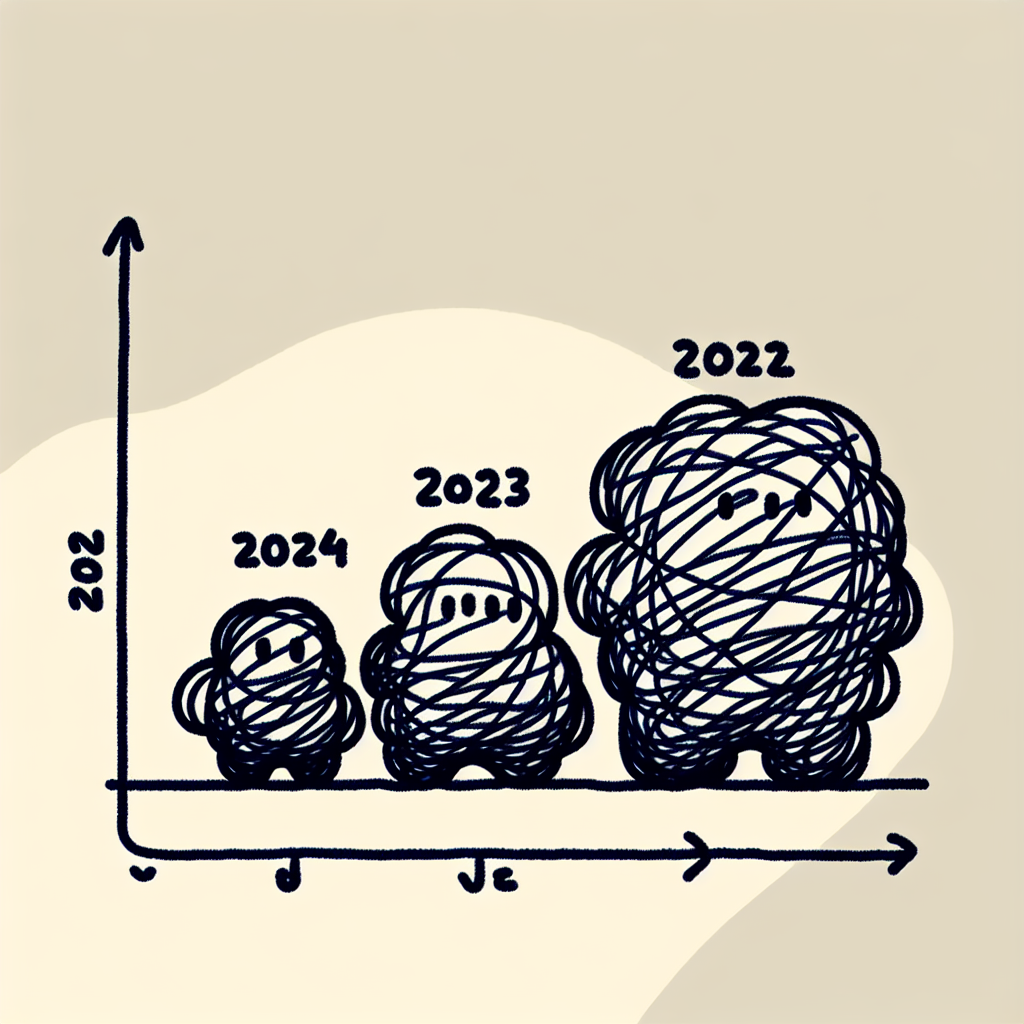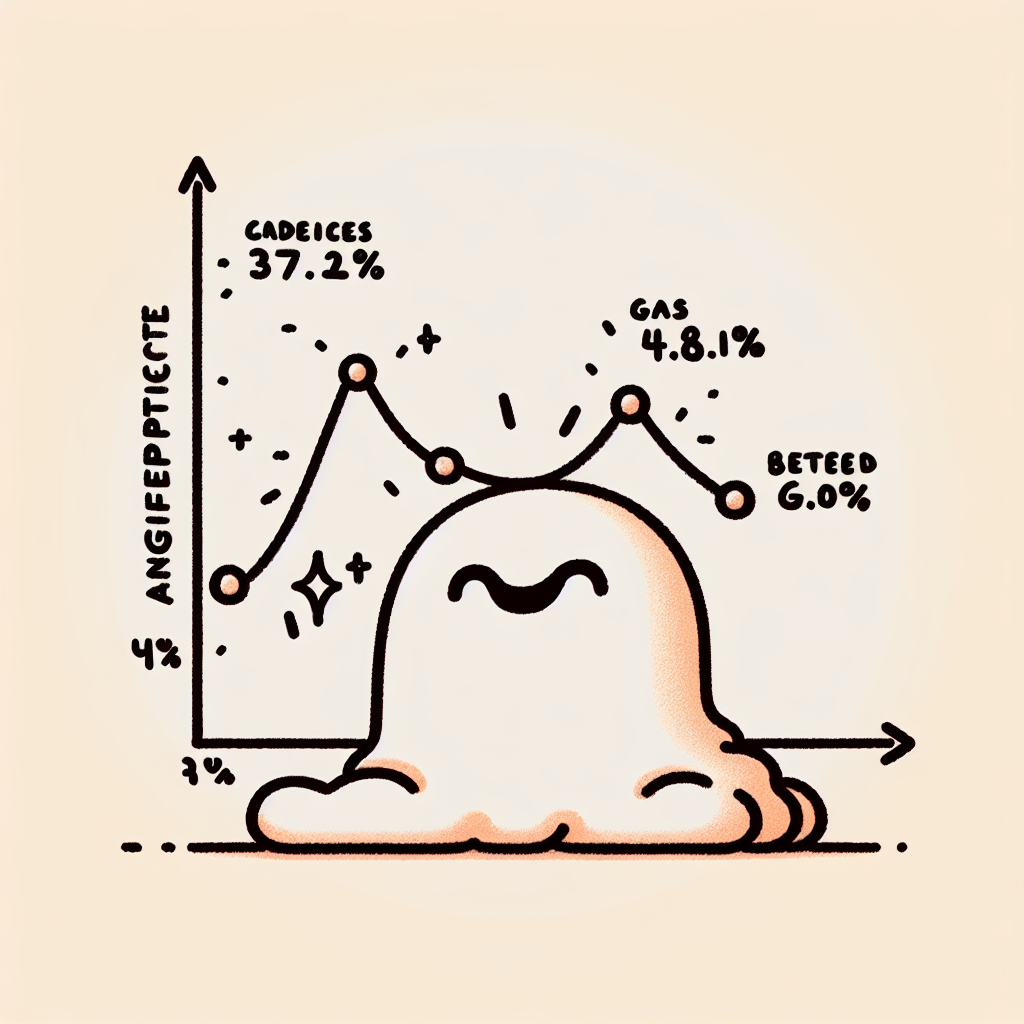Discover everything you need to know about gaining admission to Purdue University's prestigious College of Engineering. This guide explores acceptance rates across multiple years, test score benchmarks, GPA expectations, graduate admissions, and postdoctoral opportunities—all backed by verified data sources.
📊 Overview of Purdue Engineering Admissions
Purdue University's College of Engineering is widely recognized for its academic rigor, innovation, and commitment to hands-on learning. This reputation contributes to the competitive Purdue engineering acceptance rate, which reflects both the program's selectivity and its popularity among prospective students.
Why Purdue Engineering?
Purdue Engineering consistently ranks among the top engineering programs in the United States, earning recognition for its strong curriculum and cutting-edge research opportunities. The college offers a broad range of programs, from undergraduate degrees to postdoctoral research positions, across disciplines like mechanical, electrical, civil, and aerospace engineering.
Students are drawn to Purdue not only for its academic prestige but also for its emphasis on experiential learning. Programs like the Engineering Projects in Community Service (EPICS) and co-op partnerships give students real-world experience throughout their studies. This hands-on approach, combined with Purdue’s global research initiatives, makes the university a hub for aspiring engineers.
Due to these strengths, the Purdue engineering acceptance rate remains highly competitive, especially for first-year applicants to the First-Year Engineering program, which serves as the entry point for most undergraduate engineering majors.

Undergraduate Admissions: Year-by-Year Breakdown
Fall 2024 Admission Statistics
The purdue engineering acceptance rate for Fall 2024 was 46.1%. Admitted students had middle 50% SAT scores ranging from 1370 to 1510 and ACT scores between 31 and 34. Source
Fall 2023 Admission Statistics
In Fall 2023, the purdue engineering acceptance rate was 38.7%. The middle 50% SAT range of admitted students was 1400–1530, with ACT scores also between 31 and 34. The middle 50% of high school GPAs ranged from 3.88 to 4.00. Source
Fall 2022 Admission Statistics
The purdue engineering acceptance rate for Fall 2022 was approximately 37%. Admitted students had an average SAT score of 1443 and an average ACT score of 32. The average unweighted high school GPA was 3.91. Source

🧮 Trends in Selectivity and Academic Profile
Acceptance Rate Trends
The Purdue engineering acceptance rate has shown a gradual increase over recent years. In 2022, the acceptance rate stood at 37%, which rose to 46.1% by 2024. This upward trend suggests a shift in the program’s selectivity, potentially influenced by expanded enrollment capacity and evolving demographics within the applicant pool. As Purdue continues to invest in infrastructure and faculty, the university may be accommodating a larger number of qualified applicants without compromising program quality.
Test Score Trends
Standardized test scores for admitted engineering students at Purdue have remained relatively stable, although slight changes are evident. Between 2023 and 2024, the SAT middle 50% range has seen a modest decline, while ACT scores have held steady within the 31–34 range. These data points suggest that while test scores are still relevant, they may be playing a slightly reduced role in admissions decisions, particularly in years when test-optional policies were in effect.
GPA Expectations
Despite fluctuations in test score trends, GPA remains a consistent and critical factor in Purdue's engineering admissions process. Competitive applicants typically present high school GPAs between 3.88 and 4.00, indicating strong academic readiness. Even in test-optional admissions cycles, GPA continues to be a reliable metric for assessing an applicant’s potential to succeed in the rigorous engineering curriculum.

🎓 Graduate Engineering Admissions
The Purdue engineering acceptance rate for graduate programs reflects the university's competitive standards and academic rigor. For the 2023–2024 admissions cycle, Purdue received 8,654 applications to its graduate engineering programs. Out of these, 3,108 applicants were accepted, resulting in a graduate Purdue engineering acceptance rate of approximately 35.9%. Of those accepted, 1,142 students ultimately enrolled (petersons.com).
Purdue's graduate engineering programs offer a range of Master of Science and Ph.D. degrees across various disciplines, including aerospace, mechanical, electrical, and civil engineering. The programs emphasize research, innovation, and interdisciplinary collaboration, attracting students who are focused on advanced study and contributing to technological advancement. This focus on research and academic excellence is a key reason why the Purdue engineering acceptance rate remains selective for graduate-level applicants.

🧪 Postdoctoral Opportunities in Engineering
Purdue University's College of Engineering offers a wide range of postdoctoral opportunities that reflect its strong commitment to advanced research and academic career development. In 2023, Purdue hosted a total of 164 postdoctoral researchers in engineering-related fields. This figure underscores the institution’s role not only in educating undergraduate and graduate students but also in supporting early-career scholars pursuing high-level research.
These postdoctoral positions are integral to Purdue’s research ecosystem, contributing to cutting-edge innovation across engineering disciplines. The availability of such roles also complements the broader academic environment that makes Purdue a competitive destination for aspiring engineers, which is further evidenced by the consistently selective Purdue engineering acceptance rate.
Source: ncsesdata.nsf.gov

📈 What These Numbers Mean for Applicants
Understanding the Purdue engineering acceptance rate can help applicants better prepare and assess their competitiveness.
For Undergraduate Applicants
Purdue Engineering is highly selective, and applicants should aim for a GPA close to 4.0 to remain competitive. SAT scores in the 1400s or above and ACT scores between 31 and 34 align with the profile of successful candidates. In addition to academic excellence, strong extracurricular involvement—especially in STEM clubs, competitions, or engineering-related projects—can significantly enhance an application. Demonstrated passion for engineering through internships or personal projects is also beneficial.
For Graduate Applicants
Given the competitive Purdue engineering acceptance rate at the graduate level, applicants should ensure that their research interests closely align with faculty members in their intended department. A solid academic background and competitive GRE scores (if required) are essential. Additional factors such as previous research experience, published papers, or relevant internships can further strengthen an application and demonstrate readiness for advanced study.
For Postdoctoral Candidates
Postdoctoral applicants should focus on identifying faculty and research labs whose work aligns with their area of expertise. The Purdue engineering acceptance rate at this level is influenced not just by academic credentials but also by the fit between the candidate’s skills and the lab’s ongoing projects. Consideration of funding opportunities and how the position aligns with long-term academic or industry goals is also important when applying.

Final Thoughts
Purdue University's College of Engineering continues to uphold its reputation as one of the most competitive and respected engineering programs in the nation. With a consistently selective admissions process, the purdue engineering acceptance rate reflects the high academic standards and the demand for a place in the program.
Whether you're applying for an undergraduate degree or pursuing graduate-level research, knowing the purdue engineering acceptance rate can help set realistic expectations and guide your preparation. Strong academic records, relevant experience, and a clear passion for engineering are essential for standing out in a competitive applicant pool.
In conclusion, understanding the purdue engineering acceptance rate isn’t just about numbers—it’s a step toward building a strategic, informed application that aligns with the program’s rigorous standards and distinguished reputation.

📚 Sources
- Fall 2024 Admissions Profile – admissions.purdue.edu – Provides the most recent data on freshman admissions, including the Purdue engineering acceptance rate for incoming students.
- Fall 2023 Admissions Profile – admissions.purdue.edu – Offers historical acceptance rate data and academic profiles relevant to applicants considering Purdue Engineering.
- Fall 2022 Admissions FAQ – purdue.edu – Answers frequently asked questions related to Purdue Engineering admissions, including details that affect acceptance rates.
- Graduate Admissions Data – petersons.com – Contains graduate-level acceptance rate and admissions statistics for Purdue’s College of Engineering.
- Postdoctoral Data – ncsesdata.nsf.gov – Supplies national science foundation data, including postdoctoral statistics that contextualize Purdue Engineering's research capacity and selectivity.














